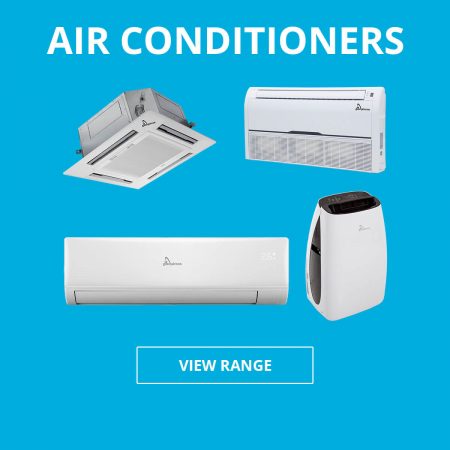Portable air conditioners are a life-saver in the summer when you live in a building without an adequate central air conditioning unit. They do not take up too much space and can be super easy to install. This is why so many people use one throughout the hotter months.
If you live in an area that is getting cold once again, you’re probably eyeing your portable air conditioner that will not be of use to you again for a few more months. Though they are small and convenient, there’s no point in them taking up space if you will not be using it.
This means it’s time to figure out how to take it apart, give it a cleaning, and store it while you get through the cold months ahead. Or maybe you just want to fix a piece of it and need to disassemble the entire thing to figure out what’s wrong with it.
If your portable AC is not working well and you want to fix a part, odds are it just needs a good cleaning because a build-up of dust happens often with portable air conditioners and it can deteriorate the operation of them. Either way, here’s how to take apart portable air conditioner.
Step-by-step on taking apart a portable AC
First, you should unplug it if it’s still plugged in. Next, you’re going to want to remove the air filter from the machine. To access the air filter in many portable air conditioners, you’ll need to open up the front cover and pull it out.
The next step is to remove the entire front panel. Some units will have front covers that just pop off while others have screwed in panels. Do not fret though — all you need to do is unscrew them and then pop the panel off. If the panel still is not coming off easily, gently wedge it open with the screwdriver you just used to take out all of the screws. Make sure you keep track of the screws and where they came from so that you know what to do when you inevitably put it back together.
Lastly, you need to remove the screws that are holding the AC unit to the cabinet cover. This will allow you to remove the air conditioner from the inside. Be careful though — the units can be pretty heavy and if you plan on transporting it anywhere, you’ll probably need the help of someone else. This is especially true if you’re trying to store it somewhere that involves taking stairs.
Why take it apart?
Now you can fix any broken parts if that’s the reason you were disassembling it in the first place. If you planned on attempting to clean it, then you should locate the evaporator and condenser. These are the parts with the most dust build-up and they usually have aluminum fins near them if you’re not sure how to locate these parts.
You should focus on the places with the most dust build-up though. All you need to do is remove the dust, which you can do with a cloth and then by vacuuming the aluminum fins. The vacuum will be sure to get all the extra dust lying around.
This will make your unit run cooler and more efficiently the next summer that you use it. For now, make sure you keep that heat running and store your portable AC unit somewhere it will stay dry so it’s ready to use the next time it heats up.
If you want to reassemble it, just screw all the pieces back in place and your unit is ready to get the house cooled down once again.
